Visual Gallery
Exploring the artwork and visual aesthetic of the Machina era
The Visual World of Machina
The visual aesthetic of the Machina era is as rich and complex as its music and narrative. From Vasily Kafanov's intricate album artwork to the band's distinctive visual presentation during this period, the Machina project created a cohesive visual world that complemented and enhanced its thematic exploration.
This gallery showcases key visual elements from the Machina era, providing insight into how the album's themes of spirituality, transformation, and technological mediation were expressed through visual art.
A Note on the Artists
The primary visual artist for Machina/The Machines of God was Vasily Kafanov, whose intricate paintings filled with alchemical and theological symbolism defined the album's visual identity. For Machina II, designer Carlos Segura created a more minimalist approach that complemented the rawer sound of the second album.
Album Artwork
The artwork for the Machina albums represents some of the most intricate and symbolically rich visual material in The Smashing Pumpkins' catalog. Vasily Kafanov's paintings for Machina/The Machines of God created a visual language that complemented the album's narrative and themes.
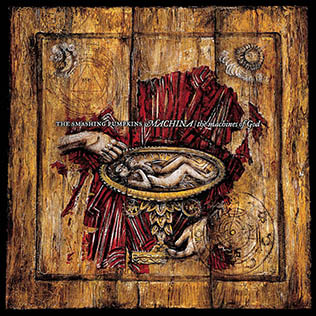
Machina/The Machines of God Cover
The primary album cover features Kafanov's intricate artwork with alchemical symbolism and theological imagery that loosely tells the album's story.
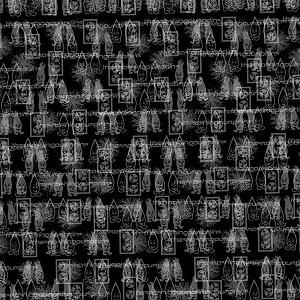
Machina II Cover
The more minimalist cover for Machina II, designed by Carlos Segura, reflects the rawer and more immediate nature of the second album.
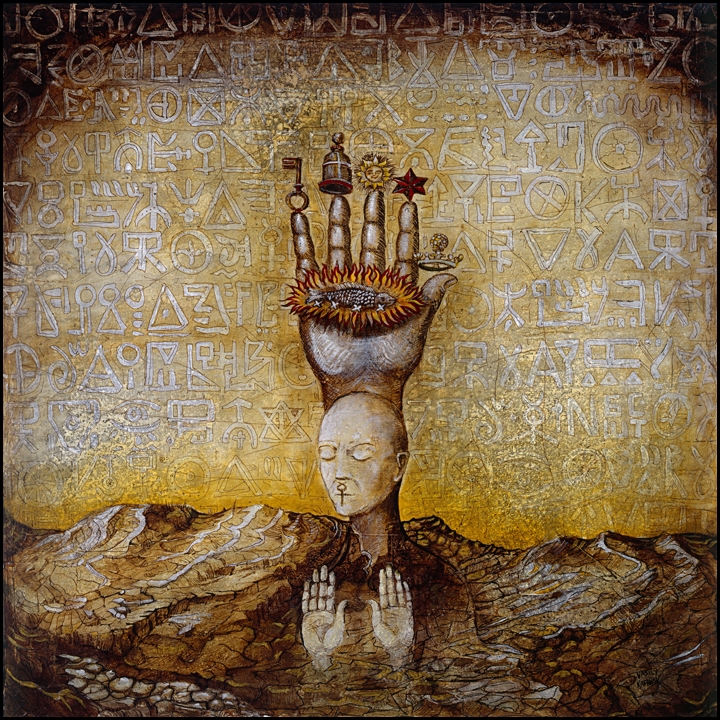
Kafanov Artwork I
Additional artwork by Vasily Kafanov that appeared in the Machina album packaging and promotional materials, featuring his distinctive symbolic style.
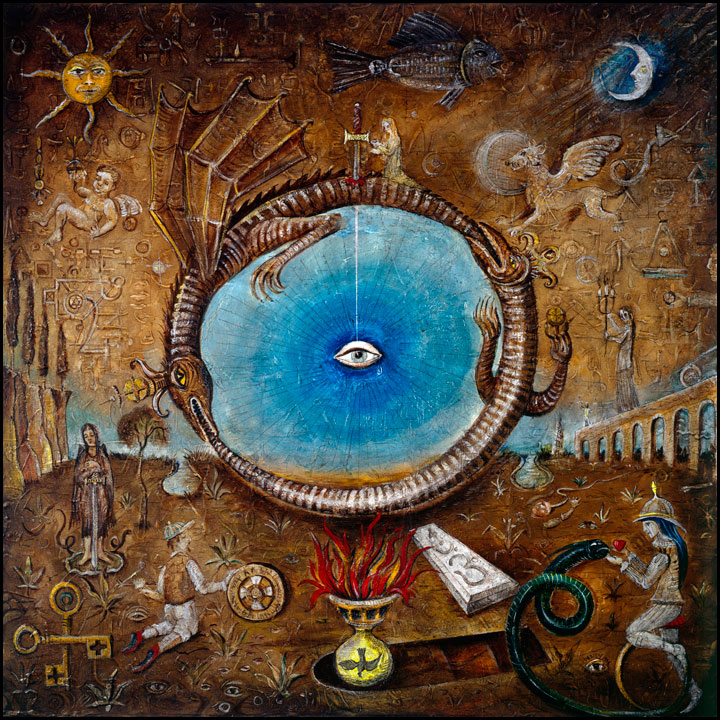
Kafanov Artwork II
Further examples of Kafanov's artwork for the Machina project, showcasing the rich symbolism and intricate detail that characterized the visual aesthetic of the album.
Symbolic Elements in Kafanov's Artwork
Vasily Kafanov's artwork for Machina incorporates numerous symbolic elements, including:
- Alchemical symbols representing transformation and spiritual evolution
- Putti (cherub-like figures) that appear throughout the artwork
- Androgynous representations of Glass as a Janus-like figure
- Theological and mystical imagery drawn from various traditions
- Mechanical and organic elements intertwined, reflecting the album's themes
Band Imagery
During the Machina era, The Smashing Pumpkins adopted a distinctive visual presentation that complemented the album's themes and narrative. This included custom outfits by designer Olivier Theyskens and a cohesive aesthetic that represented a significant evolution from their previous visual identity.

Band During Machina Era
The Smashing Pumpkins during the Machina era, showcasing their distinctive visual style and custom outfits designed by Olivier Theyskens.
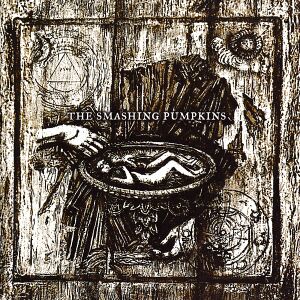
Machina Promotional Photo
A promotional photograph from the Machina era, reflecting the aesthetic that accompanied the album's release and supporting tour.
Stage Presentation
The Machina tour featured a distinctive stage presentation that incorporated elements of the album's visual aesthetic. The band's live performances during this era were designed to complement the rock opera concept, creating an immersive experience that extended the album's narrative into the concert setting.
Custom lighting, stage design, and visual elements all contributed to translating the Machina aesthetic to the live environment, though the full theatrical production originally envisioned was never fully realized.
Costume Design
Designer Olivier Theyskens created custom outfits for the band during the Machina era, including distinctive "hoop skirts" and other unique garments that represented a significant departure from their previous stage attire.
These costume elements helped visually represent the transformation at the heart of the Machina narrative, with the band's appearance evolving just as the character of Zero evolved into Glass.
Conceptual Art
Beyond the album artwork and band imagery, the Machina era generated additional conceptual art that helped flesh out the visual world of Glass and the Machines of God.
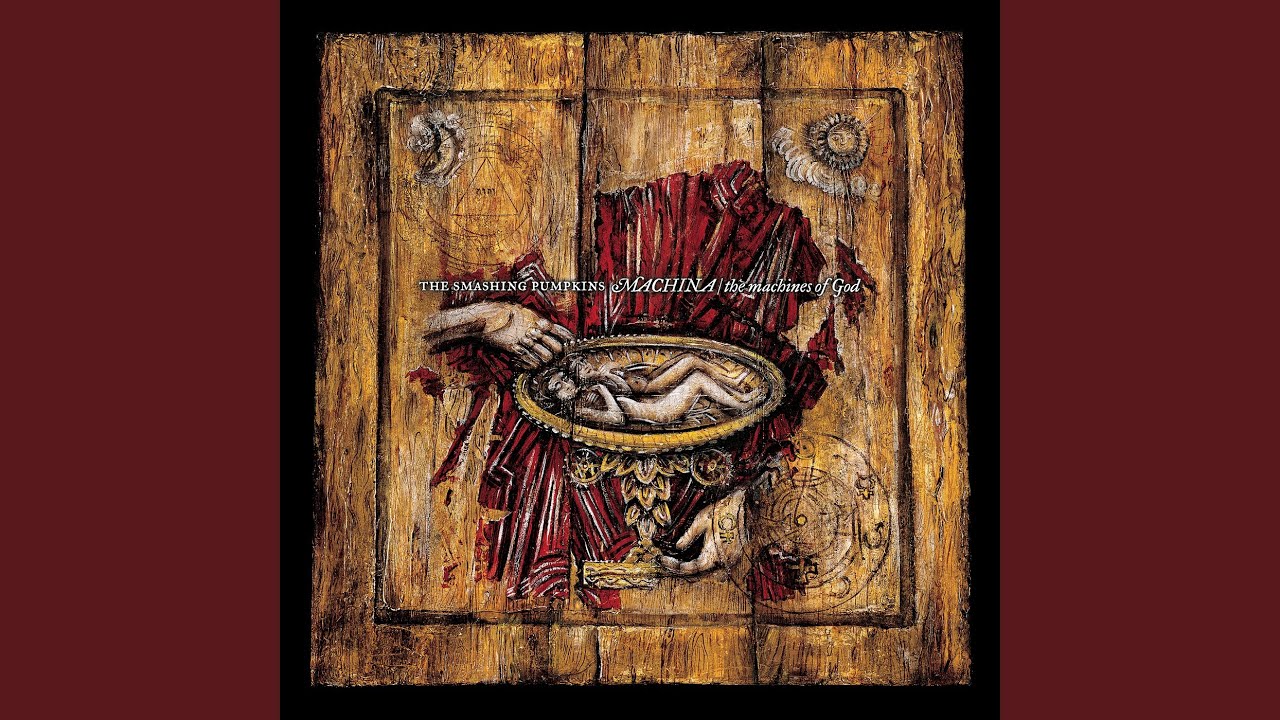
Glass and the Ghost Children
Conceptual art depicting the fictional band "Glass and the Machines of God" and their devoted followers, the Ghost Children, from the Machina narrative.
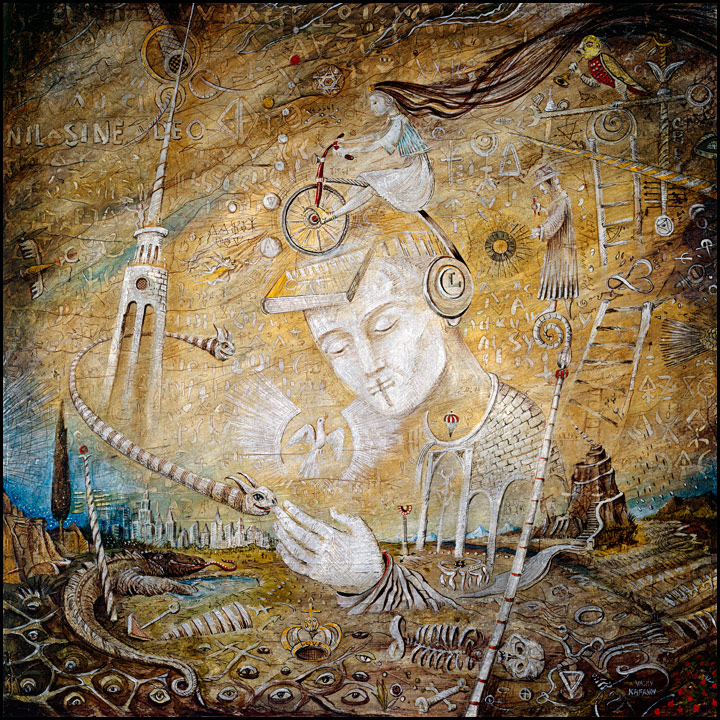
Thematic Exploration
Further artwork exploring the themes and narrative of the Machina rock opera, showcasing the rich visual world created to complement the musical experience.
Visual Legacy
Influence on Band's Visual Identity
The visual aesthetic developed during the Machina era has had a lasting impact on The Smashing Pumpkins' visual identity. Elements of this aesthetic have continued to appear in later album artwork, merchandise, and stage presentations, creating visual continuity across the band's career.
The integration of symbolic imagery, mystical elements, and the juxtaposition of mechanical and organic forms established during this period has remained a recurring visual theme in the band's work.
Fan Interpretations and Art
The rich symbolism and open-ended nature of the Machina narrative has inspired numerous fan interpretations and artwork. The visual language established by Kafanov and others has provided a foundation for fans to create their own visual explorations of the Machina world.
This ongoing visual conversation between the official artwork and fan creations has helped keep the Machina aesthetic alive and evolving over the years since the albums' release.
25th Anniversary Reissue
The upcoming 25th anniversary reissue of Machina and Machina II (scheduled for August 22, 2025) will likely include restored and remastered versions of the original artwork, potentially alongside previously unseen visual materials from the era.
This reissue represents an opportunity to experience the complete visual concept as originally intended, complementing the musical reissue with the full visual narrative.